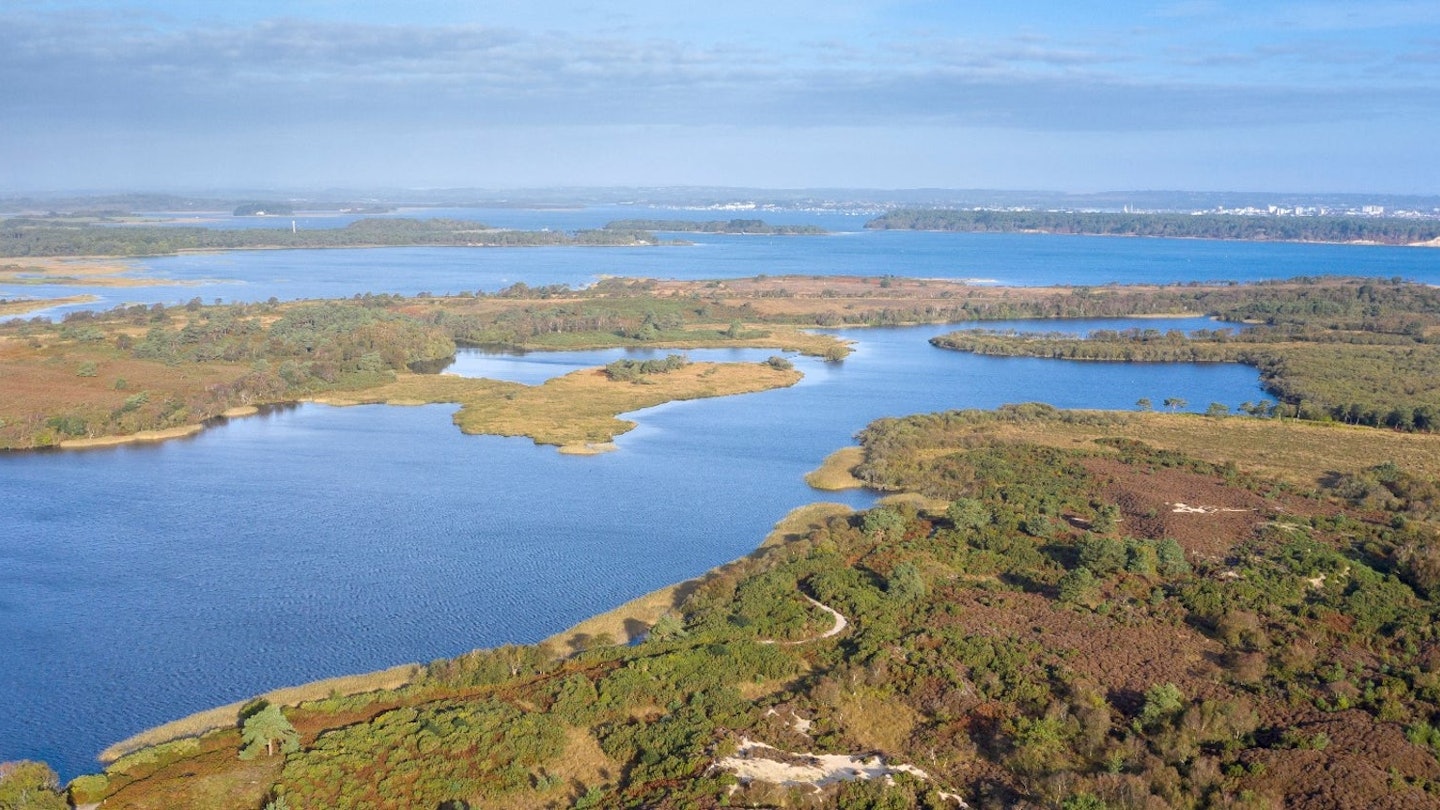The UK now has its first ‘super’ National Nature Reserve

Apr 2, 2020 • 2 min read

The UK's first super national nature reserve is located at Purbeck Heaths, in Dorset © National Trust John Miller
Exercising a new “joined up approach to nature conservation,” the UK is getting its first ‘super’ National Nature Reserve in Dorset, on Purbeck Heaths, a biodiverse area that will be the largest lowland heathland nature reserve in the country.
To give the area’s copious species room to spread out and thrive, the super reserve combines three existing NNRs – Stoborough Heath, Hartland Moor, and Studland and Godlingston Heath – and links them with other nature reserves, conservation areas, and privately-held property, covering 3331 hectares (8231 acres) in total.
Seven organisations – the National Trust, Natural England, RSPB, Forestry England, the Rempstone Estate, Dorset Wildlife Trust and Amphibian and Reptile Conservation – worked with other landowners and managers on the initiative.
“This new super nature reserve is a great example of what can be achieved through partnerships and collaboration,” Natural England chair Tony Juniper said in a press release. “In facing the twin and deepening challenges of global heating and wildlife loss, we need to think and act on a larger scale. Today’s move marks a shift in gear and a new era for nature recovery in England.”
More than 2.5 million people visit Purbeck every year, and the organisations at the helm are eager to begin the process of returning the area to its roots. “We’re excited about the opportunity to make this an even wilder landscape, where some of our rarest wildlife can find a home,” Emma Marsh, director of RSPB England, said in a statement. “Together we’re forging ahead to achieve even more success for both nature and people at a landscape scale.”
Comprising lowland wet and dry heath, coastal sand dunes, salt marshes, and more, the land in question is home to an incredible amount of wildlife – thousands of species, according to the National Trust, 450 of which are considered rare, threatened, or protected, including native reptiles like smooth snakes and sand lizards, heathland birds and raptors like Dartford warblers and merlins, 12 species of bats, the incredibly rare damselfly, and Dorset’s only colony of fritillary butterflies.
“All the rare and beautiful wildlife living in and beyond the reserve will benefit hugely from a landscape where habitats are bigger, in better condition and better connected – and where natural processes are restored. Here they will be able to spread and build more resilient populations,” Mark Harold, National Trust director of land and nature, said in a press release.
“For generations to come, Purbeck Heaths will be at the heart of a healthy, resilient landscape brimming with wildlife. As well as creating a special place for wildlife to recover and move around freely, we hope to inspire people to engage with nature and explore the great outdoors.”
For more information, visit dorsetaonb.org.uk.
Read more:
Lonely Planet reveals the 10 best travel experiences in the UK
The world’s first 'National Park City' set to be in the UK
Plan with a local




